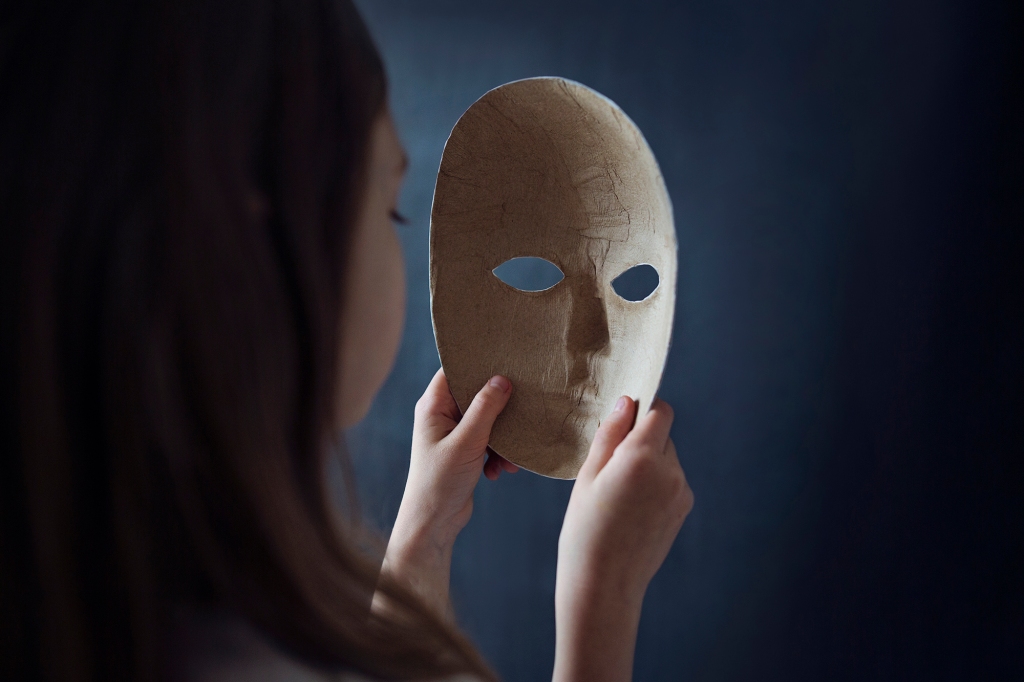Most people believe they can spot a dirty liar: poll
The average American thinks they’re a pretty good human lie detector.
OnePoll and Online Betting Guide teamed up to survey 2,000 Americans on their bluffing skills and found that 53% of respondents think they’re good at catching when someone is lying to them.
Only 8% admitted lies can get past them.
Although one in 20 participants felt they had a terrible poker face, the poll looked beyond playing poker. Sure, when it comes to the game, participants said fiddling with chips, sitting up in the chair when they have a good hand and trembling hands are the key signs that someone is bluffing.
But people also bluff in everyday life, most commonly when someone asks if you like what they’re wearing and you don’t (30%) and when someone makes you a horrible meal (27%).
“Body language is not a precise science and when you’re looking for signs of lying there is no such thing as a perfect body language ‘tell,’ only clues and hints,” said Judi James, body language expert and author of “Poker Face.”

“Poker players, in particular, can use micro-gestures when they lie or bluff, but a good liar could use this to their benefit, acting the ‘tell’ to suit themselves and confuse their opponents,” James continued.
Avoiding eye contact and nervously talking are more amateur behaviors that can mean someone is lying.
On average, people use their poker face four times a day and lie 4.3 times a day, according to the poll. Respondents also feel they are lied to 5.8 times per day.
Despite their deceiving techniques, 54% of people said honesty was very important to them.

Judi James also offered a number of tell-tale signs of a bluffer:
- Eye concealments: “Our eyes do feel like the windows to the soul and it can be challenging to keep the eye expression on message when we’re telling a lie, especially as the human eye has a vast range of subtle but still powerful expressions.”
- Eye direction/eye dart: “If you can pick up on a person’s normal eye direction when they are being honest, you might pick up on the clue that they might be lying if their eyes suddenly swing in the opposite direction for one of their answers.”
- The micro-smirk: “Some people enjoy performing a lie and will feel an inner desire to boast about how clever they are being to be fooling people. This can emerge in a subtle smirk, where one side of the mouth rises slightly.”
- Poker face: “This attempt to say nothing in case it might incriminate can be a whole-body performance but primarily the facial expression will be bland and immobile and the body stops moving as they speak.”
- Eyebrow shrugs: “When someone lies there can be an attempt at bravado which can emerge in dismissive eyebrow shrug.”
- Asymmetric facial expressions: “When we lie the muscles tend to pull the features in lots of different ways, leading to a lop-sided smile or puckered smile with the mouth pulled down at the corners. One brow might raise while the other is frowning or one side of the mouth might be pulled down while the other is hiked up.”
- The tongue-poke: “This is a gesture of disgust and rejection linked to rejecting food as a small baby. It can signal someone doesn’t like what is going on even when they’re pretending to be happy and relaxed.”
- Hand-to-face gestures/the nose touch: “Like the eye shielding rituals, a desire to conceal the face can lead to hands touching the face or nose; rubbing the face constantly as though tired in a bid to hide the expression of guilt.”
- Self-comfort rituals: “Fiddling with an earring or ear lobe; touching their own hair; playing with their clothing or tapping or fiddling with their fingers can all signal a desire to self-calm under pressure.”
- Metronomic gestures: “The leg-swing, foot tap, finger-drumming, etc.”
Read the full article Here


